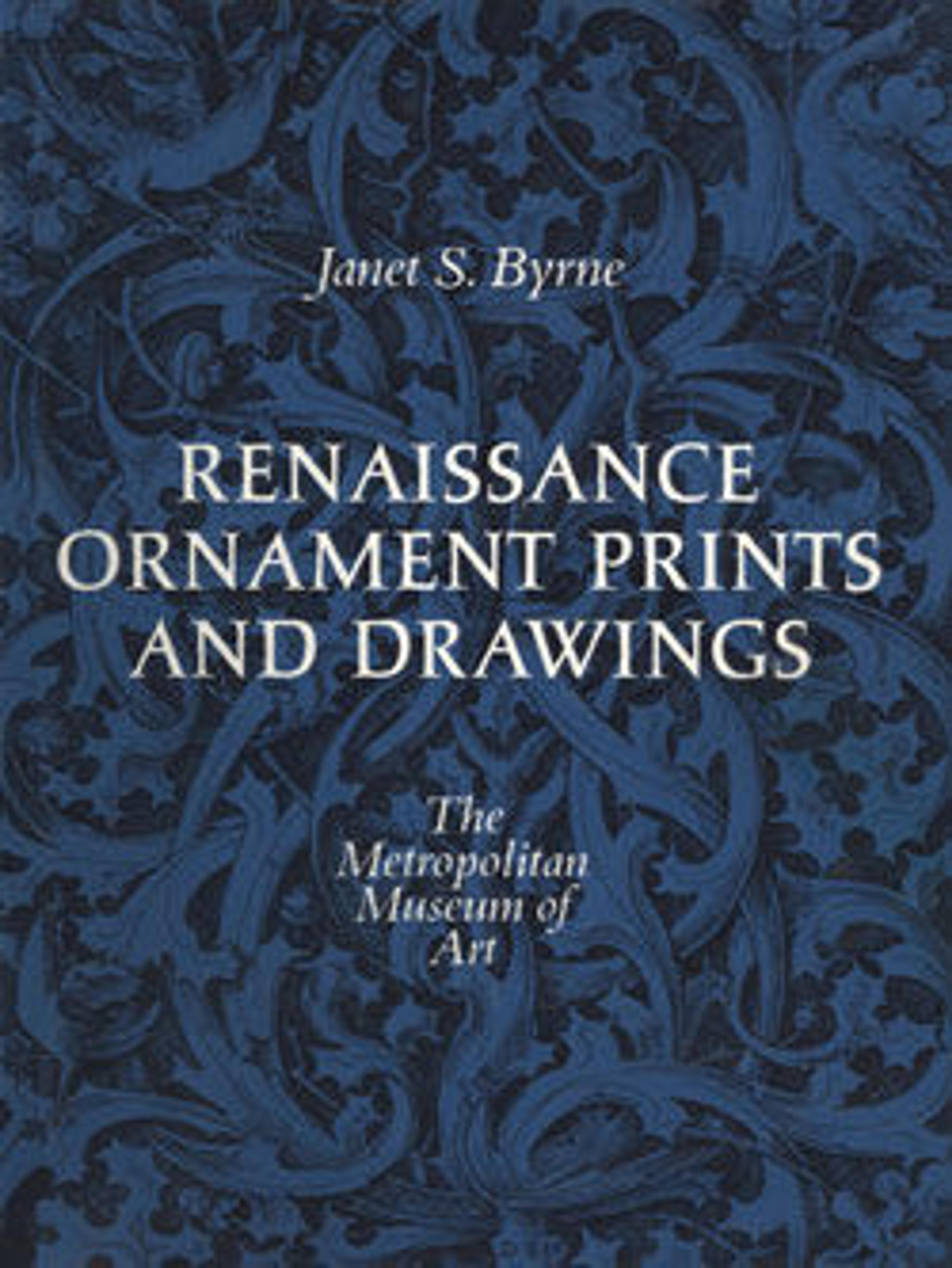Design for a Cassone (recto); Design for a Tomb (verso)
From the 14th to the 16th century the cassone played an important role in the Italian household. It was the main furniture piece to provide storage, but was also used as a seat or several could be pushed together to form a makeshift bed. It is probably this central role in the household which was the reason why cassoni were often given as wedding gift. The shape and decoration of the cassoni varied. The earlier examples were often painted, sometimes combined with some carved or molded decorations. During the 16th century the cassoni were most often carved and took their inspiration from antique sarcophagi. Typical elements which are incorporated in this design are the lion’s feet and the continuous frieze decorating the front of the cassone. Most cassoni also have room for a crest in the center, identifying for which family or household the cassone was made.
Artwork Details
- Title:Design for a Cassone (recto); Design for a Tomb (verso)
- Artist:Anonymous, Italian, 16th century
- Date:ca. 1530–60
- Medium:Pen and brown ink, brush and gray-brown wash
- Dimensions:sheet: 16 1/8 x 10 11/16 in. (41 x 27.2 cm)
- Classifications:Drawings, Ornament & Architecture
- Credit Line:Rogers Fund, 1966
- Object Number:66.621.3
- Curatorial Department: Drawings and Prints
More Artwork
Research Resources
The Met provides unparalleled resources for research and welcomes an international community of students and scholars. The Met's Open Access API is where creators and researchers can connect to the The Met collection. Open Access data and public domain images are available for unrestricted commercial and noncommercial use without permission or fee.
To request images under copyright and other restrictions, please use this Image Request form.
Feedback
We continue to research and examine historical and cultural context for objects in The Met collection. If you have comments or questions about this object record, please contact us using the form below. The Museum looks forward to receiving your comments.
